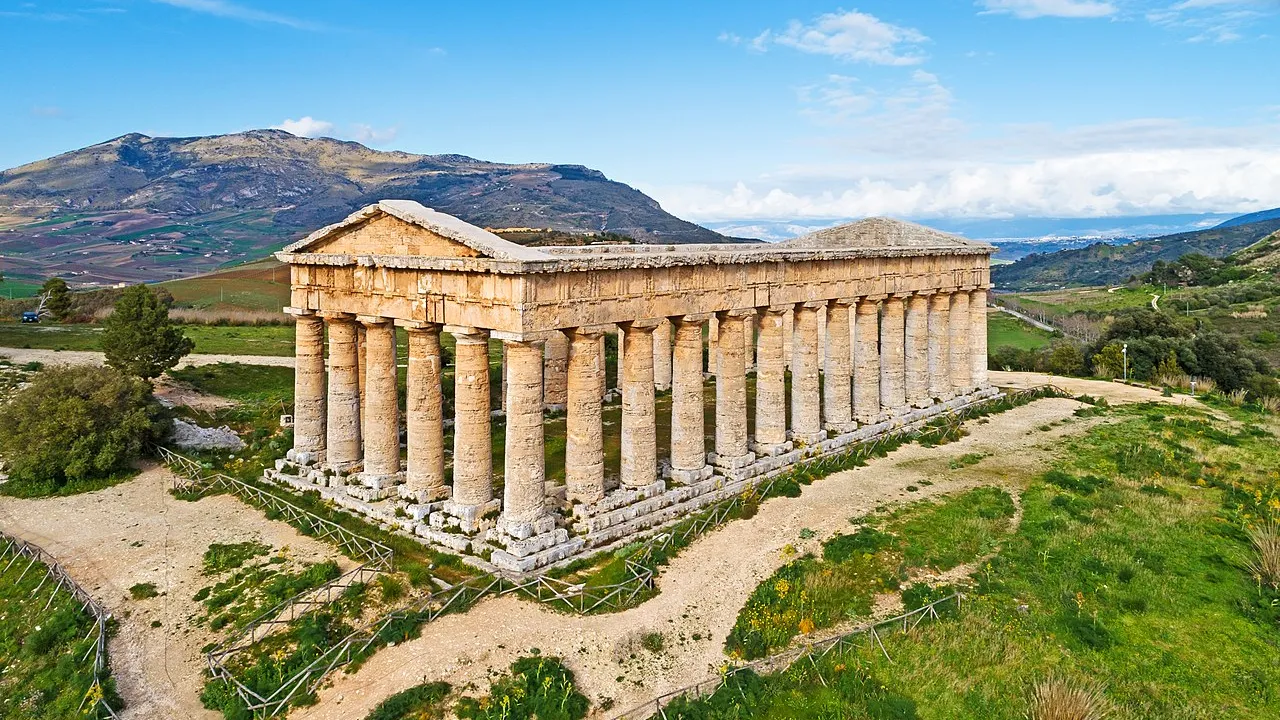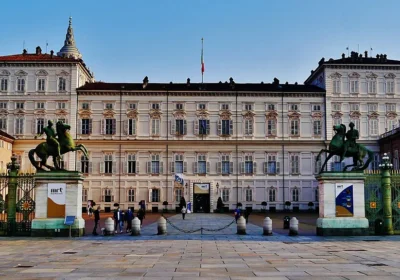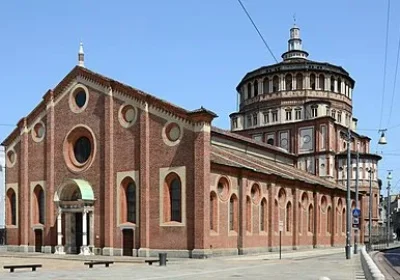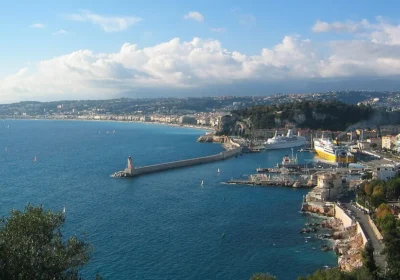Segesta city tour.
A remarkable architectural and historical heritage of the past greatness of Greece in Italy is the archaeological centre of Segesta, located 30 km from Trapani. On the hills with incredibly beautiful views are grandiose ancient buildings – a Doric temple and a Greek theatre, which have been preserved near the ruins of the old town of Segesta.
The ancient town of Segesta, known in the past as Egesta or Akesta, was built at the confluence of two rivers at the foot of Monte Barbaro, supposedly in the IV century BC.
Another version of the town was founded by Egesta before the arrival of the legendary Aeneas. The hero’s homeland was Sicily, but as a child he was taken to Troy. A few years later, after escaping from Troy on three ships, Egestus founded the cities of Segesta, Eric and Entella in Sicily and became the first king of Segesta. It was in these cities that the Elymians, who are considered one of the indigenous peoples of the island, settled. Along with the beautiful myths, there are reliable sources that the lands of Segesta were inhabited as early as the 9th century BC by the indigenous Sikans, who were later displaced by the Sikuls and Elimians.
Not far from the ruins of the city, the ancient Greek temple of Segesta can be seen standing alone in the mesmerising desert landscape. It was supposedly built in 420 BC by an unknown Greek architect and has remarkably survived the ravages of Vandal invasions, Muslim occupation and Norman rule over the centuries. The grandiose cult object is located on a hill and to get to it you have to climb an ancient staircase with wide, gentle steps.
The Greek Theatre – the historical monuments of the Segesta complex are quite far apart on the slopes of Mount Barbaro. To see the ancient Greek theatre of Segesta you have to take a bus or walk up the winding road from the temple to an altitude of 440 m, a journey of about a kilometre. According to the latest data, the ancient cultural object was built in the second half of the 3rd century B.C., earlier it was considered the 2nd century B.C. It is located right on top of the hill inside the city wall and one side is adjacent to the rocky hill. The size and style of architecture of the structure is impressive, it is a true Greek theatre. In ancient times, the theatre was a centre for the dissemination of culture, religious and social concepts to all segments of the population. The largest buildings could accommodate up to 30,000 people, who flocked from towns and countryside to watch theatrical performances (at first they were exclusively religious), listen to poets and participate in popular gatherings. Traces of the culture of Great Greece and Italian flavour have made it an interesting place for travellers looking for vivid impressions and new encounters with Italy….

















